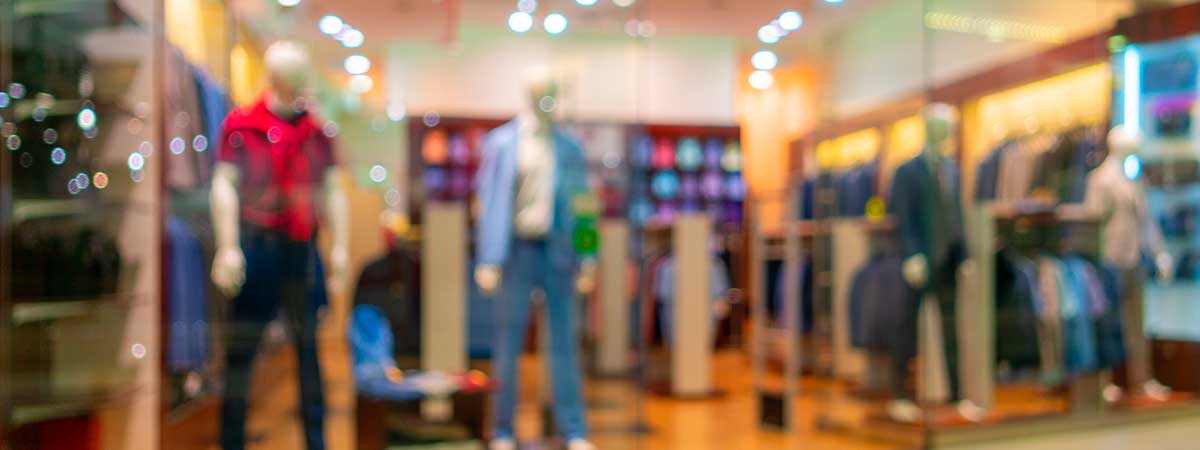Window Display Strategies: Iconic Examples Every Brand Should Know
August 30, 2025

August 30, 2025

Walk down any high street, and you’ll notice something fascinating. Some shop windows make you stop, stare, and even step inside, while others barely get a second glance. That’s the magic and the science of visual merchandising through window display.
In retail, windows aren’t just pieces of glass separating inside from outside. They’re silent salespeople. Done well, they narrate stories, showcase brand values, and drive sales. Done poorly, they risk blending into the background noise of crowded marketplaces.
Let’s break down iconic examples of window displays from around the world and the lessons brands can take away.

Image Source: Google
Harrods is famous for turning its windows into theatrical sets. During the festive season, the department store doesn’t just sell products, it sells fantasies. Their Christmas 2022 display, for instance, recreated enchanting winter wonderlands with animatronics, glittering lights, and luxury items woven into the narrative.
Lesson: Storytelling is everything. A strong narrative connects emotionally with customers and makes the window memorable long after they’ve walked past.

Image Source: Google
Every year, Macy’s transforms its flagship store windows into a holiday attraction. Their displays often mix nostalgia, craftsmanship, and contemporary design. Families in New York make visiting these windows a yearly ritual, proving that good merchandising can become part of cultural memory.
Lesson: Consistency builds tradition. When brands maintain creative rituals, they become part of people’s lives beyond products.
Hermes often uses minimalist but witty displays. One example featured colourful kites flying across the glass, with just a single Hermes scarf tied to one of them. The product placement was almost secondary, but it commanded attention.
Lesson: Less can be more. Luxury brands in particular don’t always need cluttered visuals. Simplicity can amplify elegance.
Selfridges frequently collaborates with artists, designers, and even musicians to create avant-garde displays. In 2019, their “Radical Luxury” theme showcased surrealist installations, blending art and commerce.
Lesson: Cross-industry collaborations bring freshness and cultural relevance. Partnering with artists, influencers, or designers can help brands stand out.
Zara uses ever-changing displays aligned with their quick inventory turnover. Their minimalist mannequins and strategic lighting highlight clothing trends without overcomplicating the visual.
Lesson: Agility matters. For fast fashion, windows should reflect what’s inside the store right now. A mismatched or outdated display risks customer disappointment.
Anthropologie, a lifestyle retailer, is known for designing displays tailored to each store’s community. In New York, they’ve built displays from recycled paper; in Portland, they’ve used locally sourced wood.
These displays aren’t just eye-catching; they reinforce Anthropologie’s eco-conscious image and local identity.
Impact: This strategy strengthens brand perception and resonates with the values of its target audience.
Lesson: Localisation in merchandising builds authenticity. Customers notice when you reflect their culture, values, and aesthetics.
Closing Thoughts
Window displays are no longer just about “looking pretty.” They are powerful tools of persuasion, capable of pulling people off the pavement and into the brand universe. Whether it’s Harrods weaving magic, Hermes celebrating simplicity, or Anthropologie going local, the best displays share one thing: they connect with the customer’s emotions.
In a world where online retail dominates, physical stores must double down on experiences, and window displays are the very first chapter of that story.